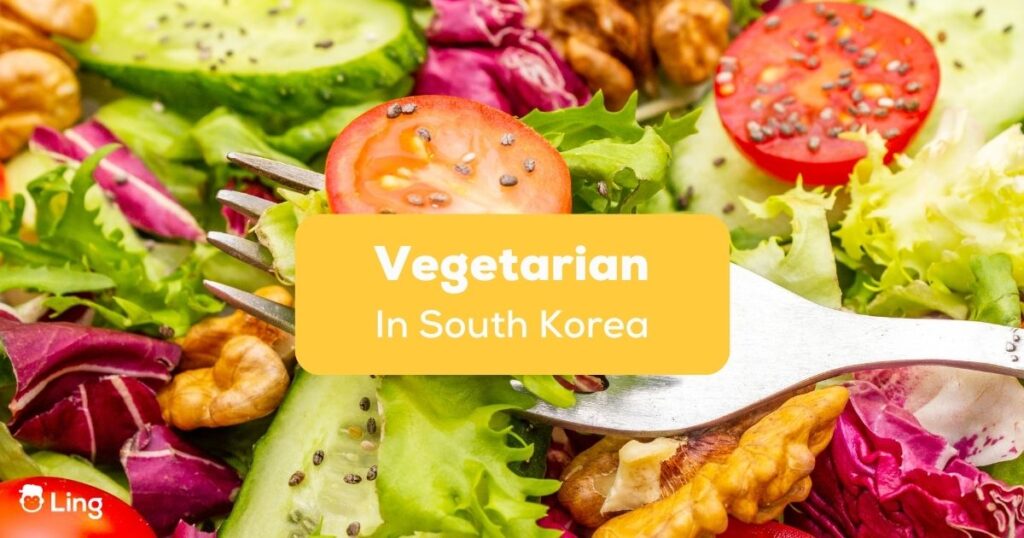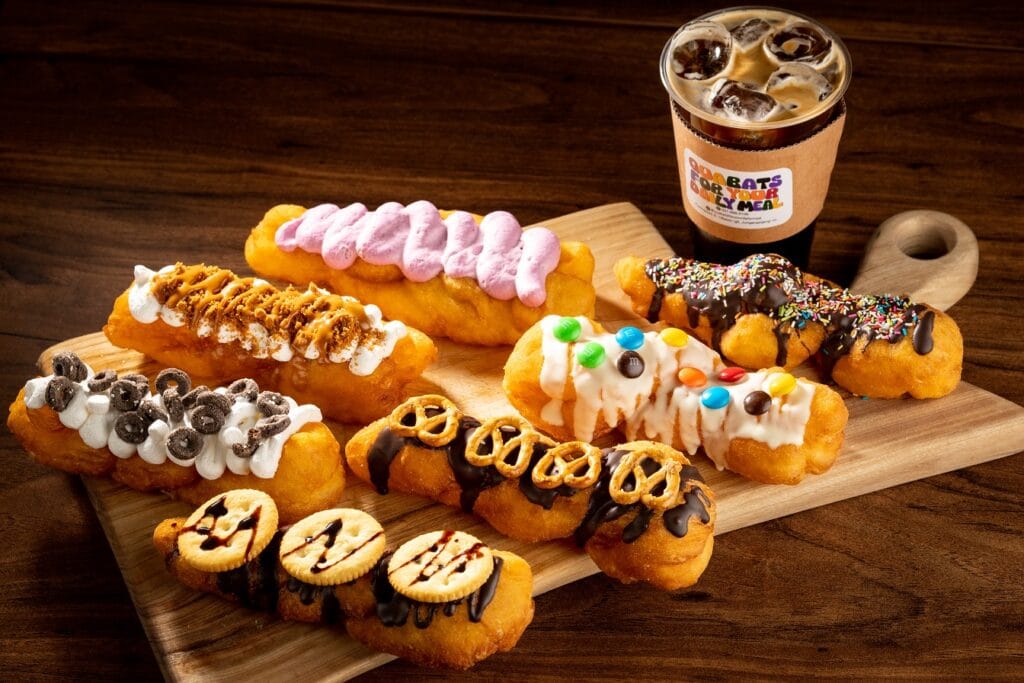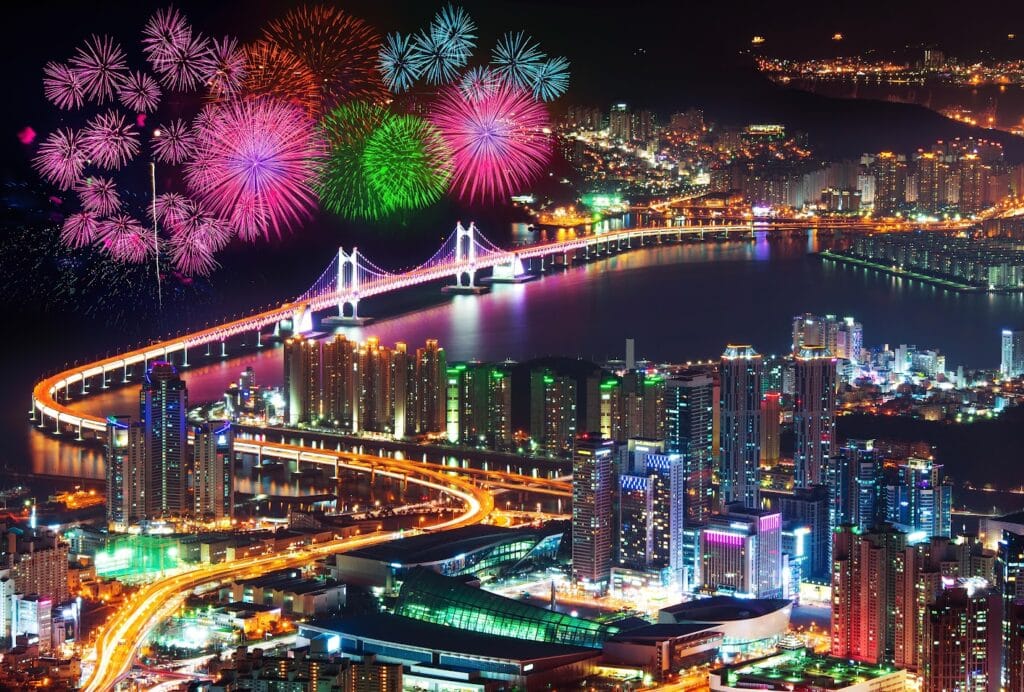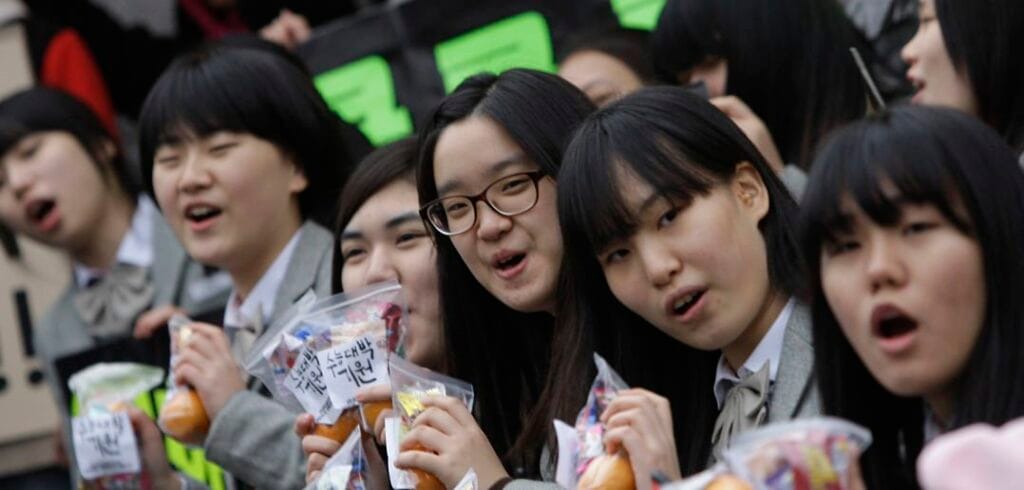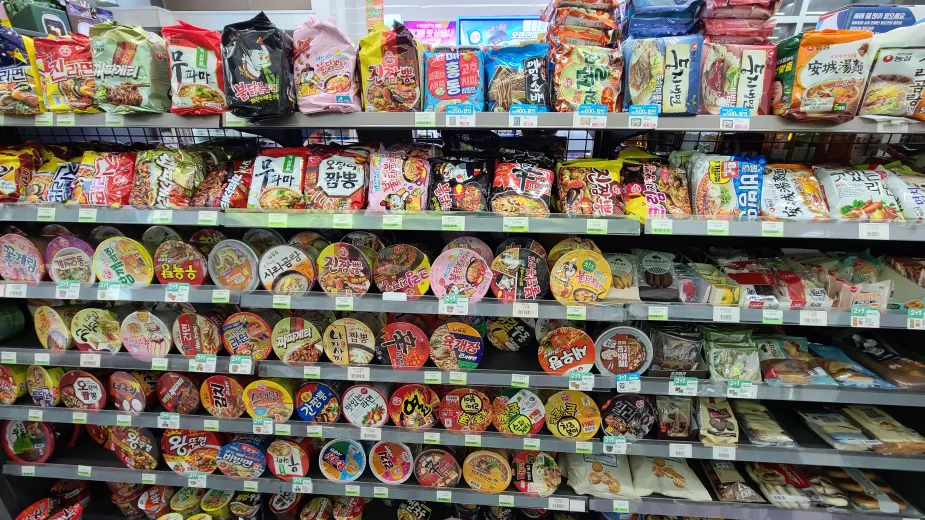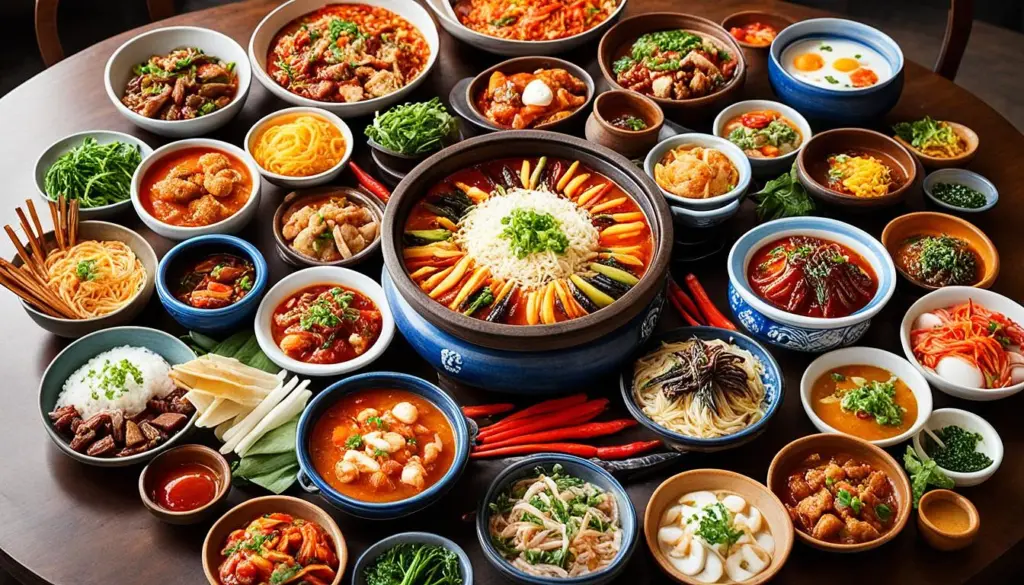Author: Jae young
Plant-based in the land of BBQ? Absolutely! Here’s how. Korea is known for its bold flavors and meat-heavy dishes like samgyeopsal and bulgogi. But here’s the good news: vegan and vegetarian travelers don’t have to miss out! With Korea’s temple food heritage, growing wellness culture, and innovative cafés, eating meat-free is easier (and tastier) than ever.Whether you’re a strict vegan or a curious flexitarian, here’s your ultimate guide to vegan and vegetarian food in Korea—plus the best places to find it.🌿 Understanding the BasicsBefore we dive in, here’s a quick note:Vegetarian (채식 / chaesik) usually implies no meat or fish, but…
From traditional sweets to Insta-famous cafés, satisfy your sugar cravings in KoreaKorea isn’t just about BBQ and kimchi—it’s also a paradise for dessert lovers! Whether you’re hunting for old-school rice cakes or trendy croffles topped with ice cream, Korean dessert culture blends tradition, creativity, and cuteness in every bite.In this post, we explore must-try Korean sweets, iconic dessert cafés, and the cultural rise of Korea’s café scene. ✨🍡 1. Tteok (떡) – Traditional Korean Rice CakesThese chewy, subtly sweet rice cakes are often enjoyed during holidays and celebrations.Popular varieties:Injeolmi (인절미) – Coated in roasted soybean powderSongpyeon (송편) – Half-moon shaped…
🌸 Spring Festivals (March – May)Fresh air, blooming flowers, and the beginning of festival season!1. Jinhae Cherry Blossom Festival (진해군항제)📍 Jinhae, Changwon🗓️ Early April🌸 Korea’s most famous cherry blossom festival, with over 300,000 cherry trees! The Romance Bridge and Gyeonghwa Station are Instagram heaven. 2. Goryeong Daegaya Experience Festival (대가야체험축제)📍 Goryeong, North Gyeongsang🗓️ April🛡️ Step back into ancient Korean history through interactive activities, reenactments, and traditional crafts. ☀️ Summer Festivals (June – August)Hot weather, cold noodles, and unforgettable outdoor events.3. Boryeong Mud Festival (보령머드축제)📍 Daecheon Beach, Boryeong🗓️ Mid–late July💦 The ultimate messy party! Cover yourself in nutrient-rich mud, join mud wrestling contests,…
Travel smart, stay respectful—your cultural cheat sheet to Korea Whether you’re heading to Seoul for the first time or binge-watching K-Dramas before your trip, understanding Korean etiquette is key to making a great impression.South Korea blends deep-rooted Confucian values with fast-paced modern life, which means manners matter—more than you might think.Here’s your essential guide to the do’s and don’ts of Korean culture, from dining tables to subway seats.✅ DO: Bow When GreetingIn Korea, a slight bow shows respect. It’s customary when:Greeting someoneThanking someoneSaying goodbye🤝 Combine a bow with a handshake when greeting elders or during formal situations.🗝️ Cultural note: The deeper…
Untangling fact from fiction in your favorite Korean dramas Korean dramas (K-Dramas) have taken the world by storm. From the emotional rollercoaster of Crash Landing on You to the dark realities of Sky Castle, these shows have introduced millions to Korean language, fashion, food, and values.But how much of what you see is real Korean culture—and how much is just storytelling magic?Let’s explore the biggest K-Drama tropes and separate fact from fiction.❤️ 1. Chaebols Everywhere: Reality or Dream?K-Drama Trope:Every other lead character is the handsome heir to a powerful conglomerate (chaebol), usually moody, rich, and emotionally unavailable.Reality:Chaebols do exist—Samsung, Hyundai, and…
South Korea is famous for K-pop and cutting-edge tech—but also for its intensely competitive education system. From early morning study to late-night cram sessions, the life of a Korean student is a unique blend of discipline, societal pressure, and cultural tradition.Here’s a look at a typical day in the life of a high school student in South Korea.⏰ 6:00 AM – Rise and RushMost Korean students wake up early to commute to school, often with breakfast on the go.🚶♂️ Many take public transit or walk, dressed neatly in their school uniforms (교복 / gyobok). Uniform culture is strong, and many…
🇰🇷 Korean Traditional vs Modern Culture: From Hanbok to High-Tech in SeoulWhere ancient palaces meet AI cafés and tradition dances with innovation.Korea is a country where 5G meets 5,000 years of history. In the same day, you can try on a royal hanbok at Gyeongbokgung Palace and later order coffee from a robot barista in Gangnam.Welcome to Seoul, a city where tradition and innovation don’t just coexist—they collaborate. 👘 Tradition: Hanbok, Palaces, and Timeless Etiquette🏯 Gyeongbokgung Palace & Hanbok RentalWearing a hanbok (한복), Korea’s traditional clothing, is more than a photo op—it’s a cultural connection.📍 Where: Gyeongbokgung, Changdeokgung, Bukchon Hanok Village🎟️…
24/7 heaven for foodies, students, and curious travelers. 1. Instant Meals – Hot, Hearty & Surprisingly Good Ramyeon (라면) – Korean Instant NoodlesKorean ramyeon is bold, spicy, and satisfying. Stores often have hot water machines and seating areas where you can eat on the spot.Popular brands:Shin Ramyeon (신라면) – Spicy classicJin Ramyeon (진라면) – Milder, beefier tasteBuldak Bokkeum Myun (불닭볶음면) – Fire noodles for the brave! Pro Tip: Add a slice of cheese, boiled egg, or rice ball to level it up. Samgak Kimbap (삼각김밥) – Triangle Rice BallsThink of it as Korea’s answer to sushi-on-the-go. Fillings include tuna mayo,…
Explore Korea one bite at a time—discover signature dishes across every corner of the country.Korea’s culinary heritage is deeply tied to its regions—shaped by geography, climate, and culture. From mountain herbs in Gangwon to spicy stews in Jeolla, each province brings its own delicious twist to the table.Here’s your province-by-province guide to iconic Korean dishes, so you can eat your way through Korea with purpose.🥢 Seoul – The Heart of Hansik (Korean Cuisine)Signature Dish: Galbijjim (갈비찜) – Braised beef short ribsRich, tender, and slightly sweet, this luxurious dish often appears at festive meals and traditional Korean restaurants.📍 Try at: Tosokchon…
1. Cheonggukjang (청국장) – Fermented Soybean StewOften called the “stinky tofu” of Korea, this bold, earthy stew is made from fermented soybeans and is packed with probiotics.🥣 Why you should try it:While the smell is intense, the flavor is rich, deep, and comforting—perfect on a cold day. Locals love it for its health benefits and strong umami taste.📍 Best in: Traditional markets and countryside restaurantsPro tip: Ask for rice and mix it in! 2. Jokbal (족발) – Braised Pig’s TrottersJokbal is made by braising pig’s feet in soy sauce, garlic, ginger, and rice wine until tender and flavorful.🐷 Why locals love…




